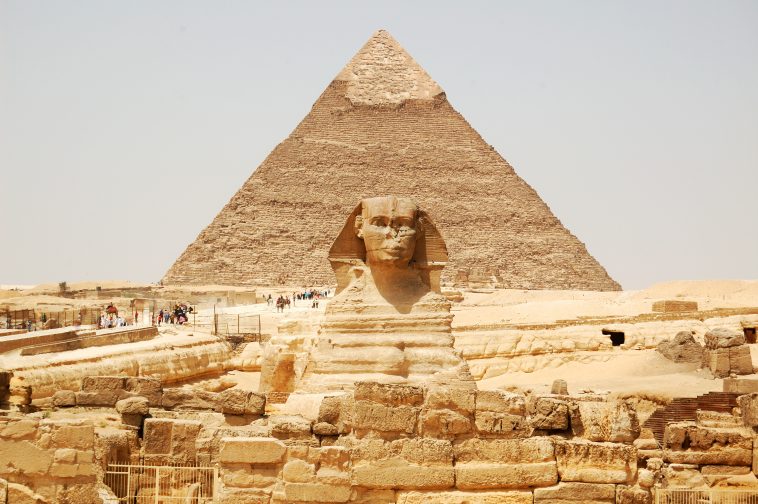Last year, archaeologists in southern Egypt discovered a miniature sphinx statue featuring a face with a smiling expression.
Although it was found in Egypt, the artifact is thought to be Roman. It was unearthed during excavations in Qena, a city located along the eastern banks of the Nile River.
A team of archaeologists from the Ain Shams University in Cairo dug up the sculpture within the remains of a shrine from the Dendera Temple Complex.
The Dendera Temple was erected during the Roman era in honor of the god Horus, who was commonly depicted with the head of a falcon.
The shrine was carved out of limestone and consisted of two levels. A ladder and a basin made out of mud and brick for storing water were found inside. The basin is believed to date back to the Byzantine era.
The sphinx bore a “soft smile” with two dimples. It wore a nemes on its head, which is known as a striped cloth headdress with an image of a cobra above the forehead.
The garment was traditionally worn by pharaohs of ancient Egypt and was considered a symbol of royalty. Beneath the statue, there was a Roman stela inscribed with hieroglyphics and demotic writings.
According to the Egyptian Ministry of Tourism and Antiquities, the statue may represent the Roman emperor Claudius, who reigned from the year 41 to 54.
In ancient Egyptian and Greek cultures, sphinxes regularly appeared in their mythologies. They were regarded as guardian figures, and their likenesses were often built in front of tombs and temples. So, it is not unusual for sphinx statues to be uncovered in Egypt.

Sign up for Chip Chick’s newsletter and get stories like this delivered to your inbox.


